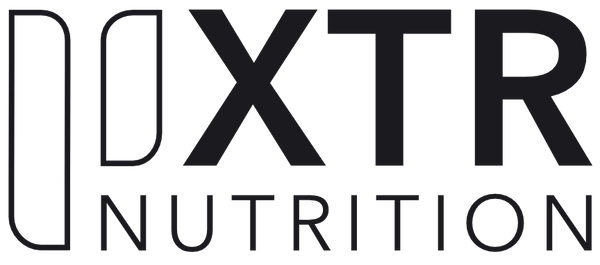
Creatine Monohydrate
Share
Creatine Monohydrate is the leading supplement to take daily for achieving goals in high-intensity training; these include weight lifting and sports that require short bursts of energy such as sprinting, football or cycling. Creatine is recognised by the scientific community and athletes as a product that delivers on its promise of improved strength and enhanced muscle size.
A Brief History of Creatine Monohydrate
Creatine first came into public view following the 1992 Olympics Linford Christy, the gold medal winner at 100 meters, had used creatine before the Olympics. Sally Gunnel, the gold medalist in the 400-meter hurdles, was also named as a creatine user, and also 100-meter hurdler Colin Jackson began taking creatine before the Olympics. These individual athletes knew of the beneficial advantages of training with Creatine Monohydrate.
Creatine use is not considered doping and is not banned by the majority of sport-governing bodies. However, in the United States, the NCAA recently ruled that colleges could not provide creatine supplements to their players, though the players are still allowed to obtain and use creatine independently.
What Is Creatine Monohydrate?
Creatine Monohydrate is naturally produced in your body from amino acids (the building blocks of protein) derivative constructed from arginine, glycine and methionine, produced naturally by the body at a rate of about 1-2g a day. It’s also degraded into creatinine and excreted in the urine at a rate of around 2g a day, so you never store much.
Creatine is also found in protein-rich foods, mainly meat and fish, but, you would need to eat a substantial amount of meat and fish to obtain an appreciable amount of creatine to effect muscle growth. Supplementing with creatine is an inexpensive and efficient way to increase creatine intake to the level required for bodybuilding gains.
Benefits of Taking Creatine Monohydrate For Muscle Building
Creatine helps to regenerate a molecule called adenosine triphosphate (ATP), your body’s primary source of energy. When creatine stores in your muscles are empty, the production of ATP comes to a stop, and your energy is dramatically decreased. Supplementing with creatine increases the available fuel to power ATP, which can increase muscle strength, size and power output.
Benefits of Taking Creatine Monohydrate For Performance
Creatine is the ultimate supplement for athletes to perform high-intensity workouts and weight lifters that do short bursts workouts. Your energy increases to work-out harder and faster-increasing muscle mass creating quicker results.
There is also scientific evidence that short-term Creatine use can increase maximum power and performance in high-intensity anaerobic repetitive work (periods of work and rest). This is mainly sessions of running/cycling, sprints and multiple sets of strength training with few repetitions. However, Studies in endurance athletes have been less than promising, most likely because these activities are sustained at a given intensity and therefore do not allow for the significant intra-exercise synthesis of additional Creatine phosphate molecules.
Ingesting Creatine can increase the level of phosphocreatine in the muscles up to 20%. Creatine has no significant effect on aerobic endurance, though it will increase power during short sessions of high-intensity aerobic exercise.
Long term continued program training (over four weeks) combined with Creatine supplementation with resistance training have demonstrated improvements in:
- Strength and power
- Muscle size
- Lean body mass
- Sprint performance
How to Take Creatine Monohydrate
Creatine is supplemented through one of two ways. The first way is called ‘loading.’ The loading phase requires taking 20 grams of creatine in split doses for five to seven days. Following the loading phase, three to five grams of creatine taken daily. This period is called the maintenance phase. The idea of loading creatine is to saturate the muscle cells with creatine resulting in faster results.
Supplementing with three to five grams, without the loading phase will get you the same results as loading, but it will take you a little longer to experience the full benefits of creatine.
Regardless of the method you choose, cycling creatine is not needed. Cycling creatine means going “on” and “off” creatine every couple of weeks. People who recommend creatine cycling claim that it will maximise the effects of creatine and is needed to give your body a break. But the truth is, creatine cycling will not give you any added benefit over not cycling creatine.
When to Take Creatine
There are two general recommendations when it comes to supplementing with creatine. The first is to take creatine 30 minutes before your workout because it increases your strength. The second is to take creatine immediately after as part of your post-workout regime workout.
Is Creatine Safe?
Creatine is one of the safest sports supplements there is, yet many myths about creatine linger. The primary concern is that creatine damages your kidneys. But there is zero data to support this notion. In fact, several studies are showing that creatine has no effect on kidney function in healthy people. One study found no changes in kidney function between collegiate football players who supplemented with creatine and those who didn’t for nearly two years. What’s more is that another study showed no changes in kidney function for individuals consuming 10 grams twice the recommended daily dose of creatine for 12 weeks.
Others claim that creatine supplementation can cause dehydration, injury and stomach cramps, however, to date there have been no studies showing that creatine supplementation causes any of these issues.
